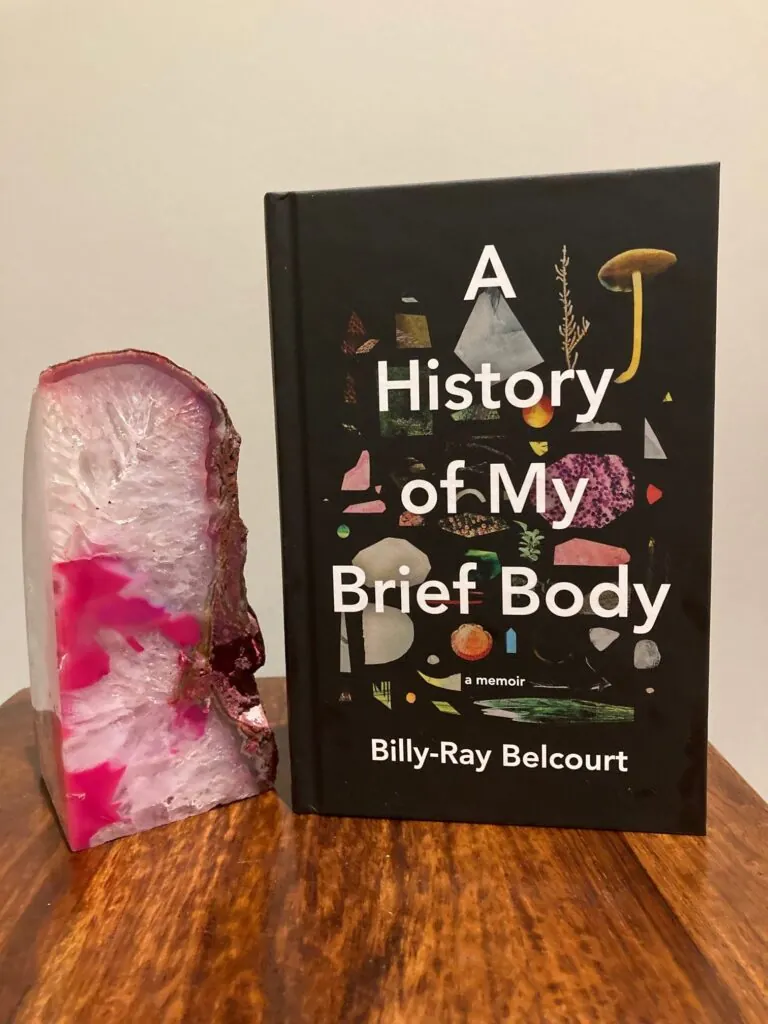Book Review: The Handyman Method by Nick Cutter and Andrew F. Sullivan

I’ve read novels by both Nick Cutter and Andrew F. Sullivan in the past, so I had some reasonably high expectations of this work going into it. Nick Cutter is a well-known Canadian horror writer, also writing literary fiction under his real name, Craig Davidson. Sullivan has written gritty literary fiction in the past as well, so as expected, The Handyman Method is a very visceral, masculine book. It builds off the haunted house trope, but from the perspective of a husband and father trying to rebuild a safe and secure home for his family. Once can surmise, even by the cover alone, this will not go well, even when lots of trips to Home Depot are involved.
Plot Summary
Trent is on a ‘break’ from his job as a lawyer, and during this break, has purchased a new home for his family. It’s brand-new, just built in a new subdivision of homes, but none of those other homes have actually been built yet, so this house just stands on its own in the middle of a field. But Trent is an optimist, and his wife Rita and son Milo seem happy with the big, spacious, fancy new house. After a day or two of living in the house, Trent notices a giant crack in the back of their walk-in closet. Annoyed that something so new is already showing wear, he calls up the home builder to threaten him, but eventually resigns himself to fixing it up himself. He pulls up a YouTube channel featuring ‘Handyman Hank’, who walks him through the process. Strangely, Hank seems to continue talking well after the video is done, but Trent chalks it up to fumes from the sealant. Milo also begins to notice strange things; he stumbles upon a strange, cocoon like structure with doll-like creatures in it, built overtop of a huge empty pit. Most of the chapters are written from Trent’s perspective, but some are written from Milo’s, and towards the end we get a few chapters from Rita, where her own secrets are laid bare as well. Trent begins to slowly change the longer he’s in the house; numerous trips to Home Depot to buy tools, overly-aggressive reactions to public interactions, and an unexplained irritation with his son’s lack of physical strength all reveal themselves, along with the constant chatter of Handyman Hank and his sick encouragement of these behaviours.
My Thoughts
Haunted houses are typically representative of something else, and can be used as a very clever literary tool to expose the rot or sickness in a person or group of people. Even the beginning pages of this book set an ominous tone; from the very moment they step foot into their new home, this family is noticing problems with it, made even worse by the fact that it’s meant to represent a new start for them. With high hopes pinned on a house that is literally sinking into the ground, it doesn’t take long for the situation to take an even darker turn. From the first project Trent takes on, supernatural elements are introduced and readers are thrust into a world of creepy symbols, strange occurrences, and characters who can’t be trusted. As most works of horror do, the story quickly slides into an unrecognizable environment where characters and situations become more and more outrageous, but the question lingers as to whether Trent is the one sliding into madness, or if its the world around him that is changing.
The way Milo describes his parents, it’s suggested that their family had weak spots to begin with, which the house immediately exploits, dragging them each into a hellish world of frightening creatures seen in both daytime and nighttime. There is a few weeks of familial bliss once the initial scariness settles down, (almost the eye of the storm) but the text includes numerous elements of foreshadowing that suggest this calm is short-lived. Milo’s attempts to please his father are augmented in this new home, and because Trent is changing along with the house, Milo struggles to find common ground with his Dad:
“If he could just do that, strengthen his mind, it’d make his father happy. And when Dad was happy, the house was happy. And when the house was happy, they could all be happy.”
-p.162 of The Handyman Method by Nick Cutter and Andrew F. Sullivan, ARC edition
I love reading haunted house books because I enjoy the idea of a house being a character in itself, it complicates the story, but it also illuminates aspects of each person living in it. I won’t describe too much more about the book because I don’t want to give away any spoilers, but this one question lingered for me at the end; did this house bring out the worst in this family, or the best? Were these aspects of Trent’s personality just waiting to be uncovered, or did the house create them entirely on its own? More than just a work of horror, this book explores what it means to “be a man”, and I think both male and female readers will appreciate its analysis of this question.





It’s interesting that the focus is on the man cracking up. Usually it’s the woman who is shown as possibly insane, possibly haunted, or the teenage girl who becomes possessed – all those hormones, don’t you know? ;) Sounds quite intriguing – is it very gory and dark?
It is very gory and very dark. The human body is mutilated in lots of different ways in this one. And this is a bit of a spoiler – although the book is very masculine in tone and perspective, it’s the female that offers the twist, when we realize she is actually the key and mastermind to everything!
Ooh, far too dark for me then! I’m more of a wimp when it comes to horror…
It is quite gory yes. All those power tools…
Yikes! You are a more fearless reader than I am!
Sometimes that gets me in trouble though haha
I’ve read a Nick Cutter book, and aaaaaaack! This one sounds cool.
I think you’d like this one Melanie!
https://media.discordapp.net/attachments/873299489505566790/1138855142226141287/image0.png
OMG hilarious this made me snort laugh
Ha! I forgot I shared that with you! 🤣